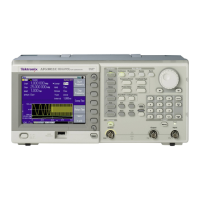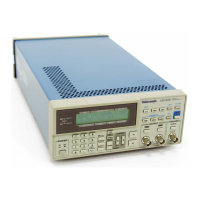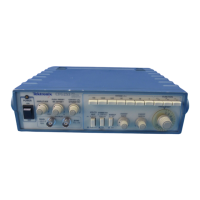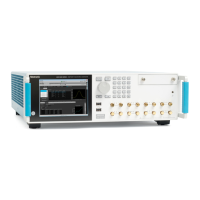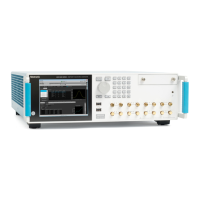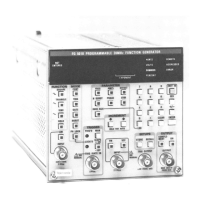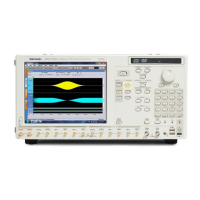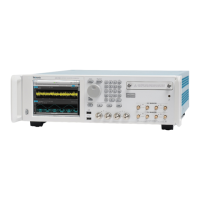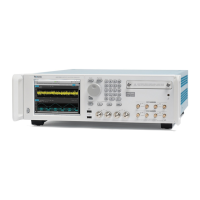HD3G7 3 Gb/s SDI Video Generator module remote commands
Returns the Dro
p Frame timecode state.
:OUTPut1:TIMECode:LTC:STA Te <0|1>
Enables or disables the use of Linear timecode. A setting of 0 means Linear
timecode is not used. A setting of 1 means Linear timecode is used.
:OUTPut1:TIMECode:LTC:STA Te?
Returns the Linear timecode state.
:OUTPut1:TIMECode:AVITc:S TATe <0|1>
Enables or disables the insertion of a VITC. You can enable two timecodes.
Setting the state to 1 enables the timecode. Setting the st
ate to 0 disables
the timecode.
:OUTPut1:TIMECode:AVITc:S TATe?
Returns the VITC insertion state.
:OUTPut1:TIMECode:INITial <N R1>,<NR1>,<NR1> (HH:MM:SS)
Sets the initial time in hours, minutes, seconds (HH:MM:SS). This setting is
valid only if no GPS7 module is present.
:OUTPut1:TIMECode:INTial
Returns the initial time setting.
:OUTPut1:TIMECode:SET
Applies the initial time setting. This setting is valid only if no GPS7 module
is present.
:OUTPut1:TIMECode:DATa?
Returns the timecode data settings as a single block of data. Data is returned
as a sequence of integers, with parameters separated by commas. Data is
returned in the following format :
<Source>,< LTC state>,<VITC State>, <Drop State>,<HH>, <MM>,< SS>(
Init Time)
:OUTPut1:TRIgger SYS_CLOCK|P XL_CLOCK|FRM_PULSE|LINE_PULSE
Specifies the signal available at the TRIGGER output connector. The
available choices are a low-jitter sample clock (~148 MHz), a pixel clock
which runs at the parallel data clock rate (148.5 MHz or 148.36 MHz for 3G
test signals and 74.25 MHz or 7 4.17 MHz for HD test signals), a frame pulse
(once per video frame) or a line pulse (once per video line). FRM_PULSE
is a field-rate square wave when an interlace or segmented frame format is
selected, otherwise it is a frame-rate pulse.
:OUTPut1:TRIgger?
Returns the current signal type at the TRIGGER output connector.
Draft
118 TG8000 Multiformat Test Signal Generator Programmer Manual
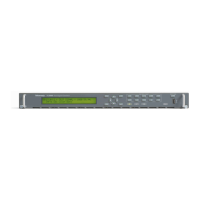
